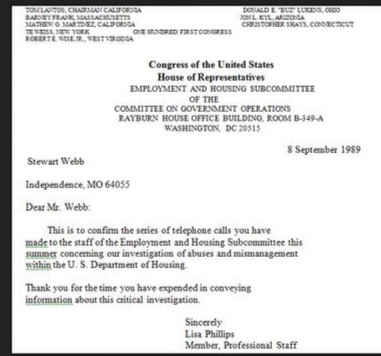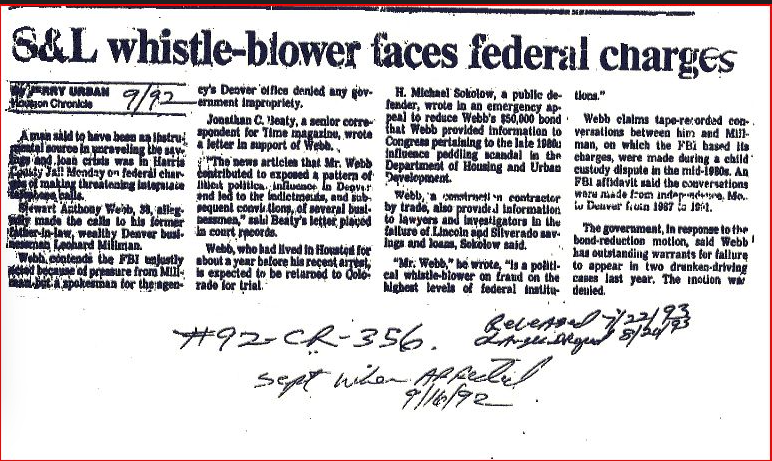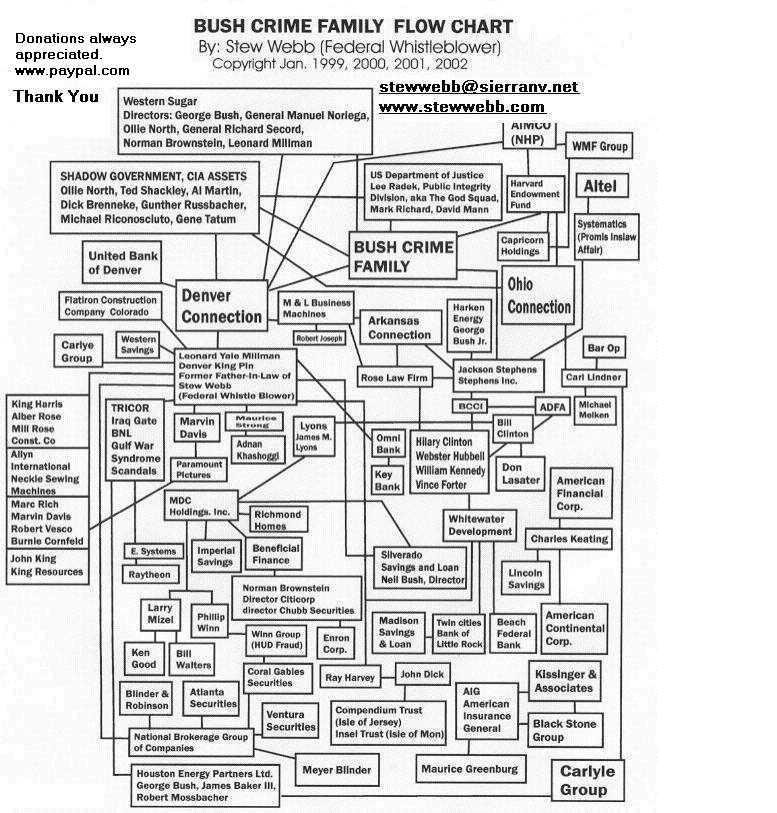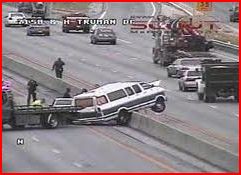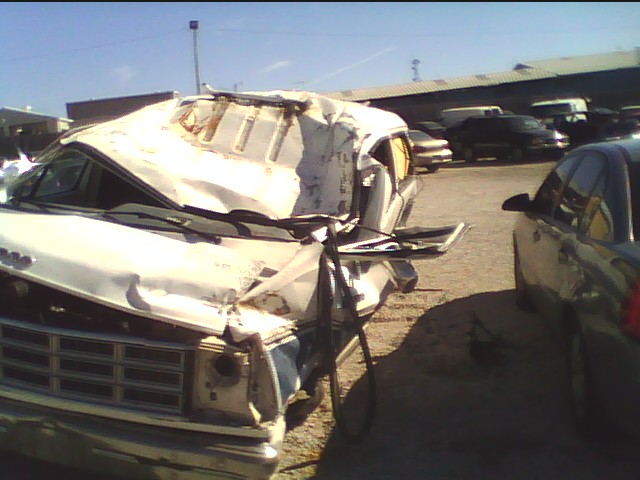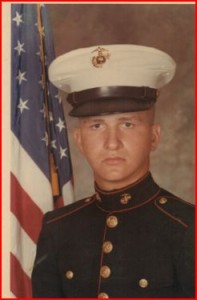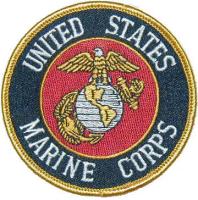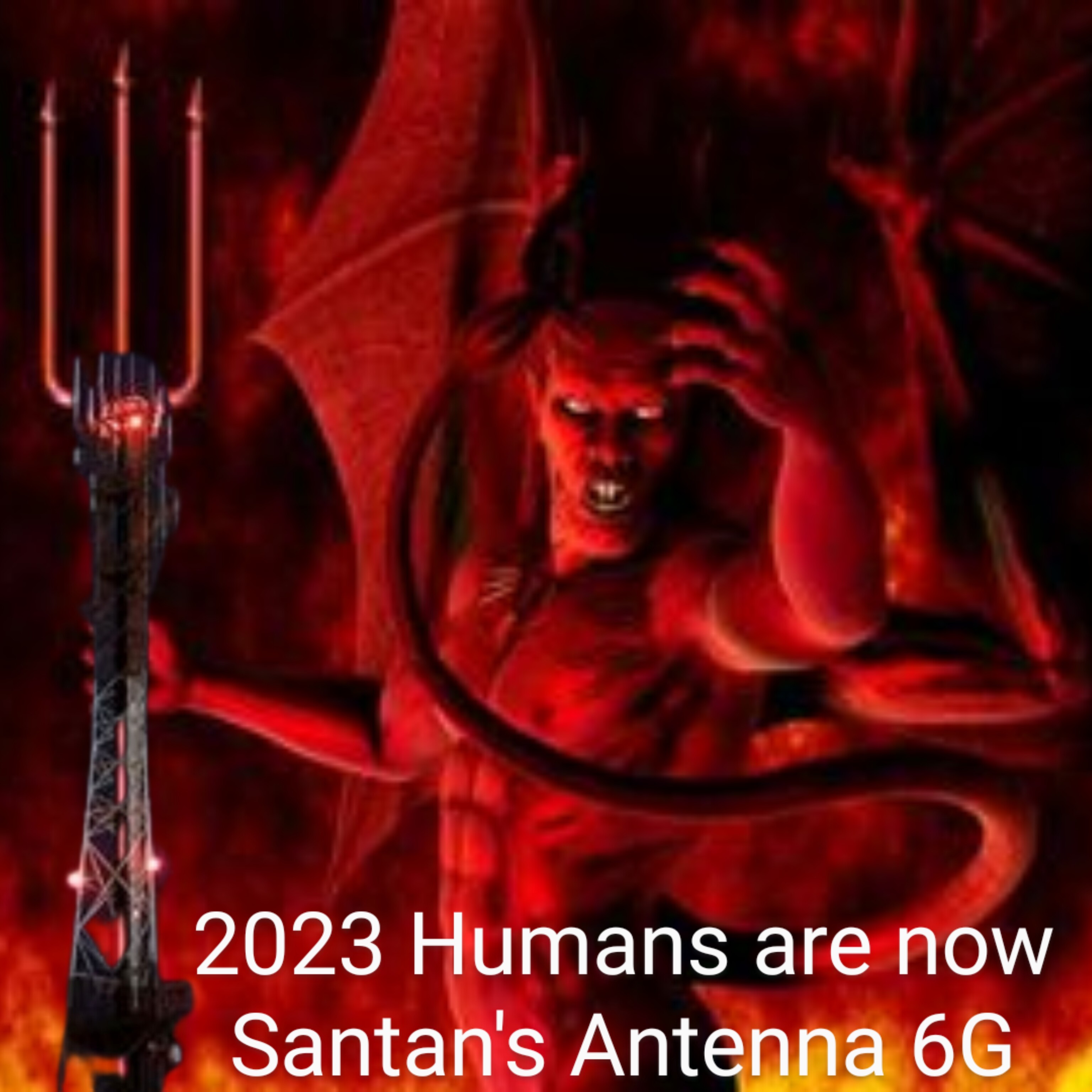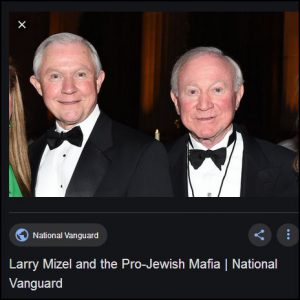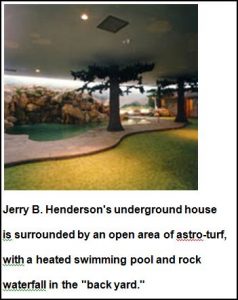
By Stew Webb
Super Spook a true 007 Otis Johnson was a good friend of mine and hated George HW Bush and Hillary Clinton. He was murdered with E-Systems Stone-R technology in July 2017 and had a massive Heart attack he told me while at the VA hospital in Omaha, Nebraska that they hit him with Stone-R.
George HW Bush runs E-Systems, Stone-R of Dallas which is owned by Ratheon Corp.
E-Systems is an enemy of America.
Otis confined in me many things he was involved with over the years.
Otis was CIA Director William Casey’s direct top assistant before George HW Bush murdered Casey because Casey was going to testify to the truth about Iran – Contra and the theft of the US Treasury by George HW Bush and Leonard Millman.
All of William Casey’s Doctors and Nurses were Murdered within six months of his death.
Otis Johnson was one of two of Jerry Henderson’s partners when Henderson was murdered by George HW Bush in 1997. Henderson owned Grumman Aerospace Company and Avon Corp and Ran Hughes Corp. Henderson was the comptroller of currency for the CIA’s Covert Operations and had $3.5 Trillion Dollars in Gold in his Dawson Bank of Switzerland when he died in 1997. Howard Hughes office was in the Dawson building Flamingo and Spence in Las Vegas Nevada. Henderson’s office was in the 5th floor underground. Across the street was his underground two house which Otis Johnson told me he sleep in the guest house many times. Henderson also had a secret underground house in Boulder Colorado.
Otis said they murdered Jerry Henderson after he shipped S-10 tank busters to Iran and Iraq for George HW Bush and found out it was not for the US Government but for Bushes private illegal sale of these aircraft.
The New York attorneys tied to Norman Brownstein took over and stripped Jerry Hendersons Estate after his wife Mary died a year later.
Bush started leasing the underground for parties and wedding receptions.
RIP Otis Johnson.
Related:
Tales of Vegas Past: Going underground

July 24, 2003
Las Vegas Mercury
http://www.lasvegasmercury.com/2003/MERC-Jul-24-Thu-2003/21776691.html
By Gregory Crosby
About 25 years ago, drivers traveling in southeast Las Vegas were confronted with the curious sight of a well-landscaped desert plot filled with large rocks and trees, surrounded by a wrought-iron fence. An electronic gate stood closed over what could only be a driveway, but a driveway to what? Had they happened by at the right moment, perhaps they would have seen an elderly couple point a hand-held remote at one of the larger boulders and gaped in amazement as the rock face slid open, revealing a corridor that ended at an elevator that soon whisk the couple 25 feet below the surface of the Las Vegas Valley to another world: a 16,000-square-foot underground house complete with its own artificial yard, painted panoramic views and enough steel sheeting to withstand an earthquake and nuclear fallout.
When summer temperatures reach 115 degrees, the logic behind such a house in Las Vegas seems apparent. But it was the threat of nuclear destruction, the long shadow of the Cold War that swallowed up most of the second half of the 20th century, that was the primary motivation behind Jerry B. Henderson’s underground house. Henderson, with his second wife, Mary (a former Beverly Hills hairdresser to various stars in the 1940s), built the house in the late 1960s, in the vicinity of the Alexander Dawson office buildings he had developed (named, as is the school Henderson endowed, after his father Alexander Dawson Henderson). Though a large, traditional house lies atop that desert plot today, the underground house remains intact, a hidden time capsule from another era.
Henderson, who made his fortune in various enterprises, including Avon cosmetics (on whose board he sat for 35 years) and Gulfstream aircraft, had long been fascinated with the idea and desirability of living underground. Convinced, as many were, that a nuclear war was inevitable, he joined the cultural tide that created fallout shelters around the nation, each a longshot bet on survival in the coming radioactive apocalypse. But Henderson saw no point in creating a bunker that you may or may not get to in time when the mushroom clouds bloom; why not live there year-round, a permanent state of readiness that also ensured total peace and privacy?
When Henderson met the brothers Swayze, Kenneth and Jay, two building contractors from Plainview, Texas, who had pioneered the concept of full-time underground homes, he immediately seized on the idea as both a lifestyle and a business venture. Henderson contracted the Swayzes to build him his first underground house on his 320-acre property near Boulder, Colo., in 1964, the same year he married Mary. Such was their enthusiasm that they formed Underground World Homes, a company devoted to the concept. Henderson then entered into the history of the future by sponsoring the Underground Home Exhibit at the 1964-65 New York World’s Fair, where visitors could discover for themselves the answer to the question, “Why Live Underground?” But a burgeoning market in subterranean living failed to materialize, and the company soon disbanded.
These houses were no mere shelters. Luxurious and technologically state of the art, Henderson’s underground houses featured every comfort of the contemporary ranch-style home. The Las Vegas house is surrounded by an open area of astro-turf, with a heated swimming pool and rock waterfall in the “back yard,” two hot tubs, a sauna, a barbecue grill vented through one of several artificial trees, a small putting green, a fountain and even a separate one-bedroom guest house in the far south corner. It was in this guest house that the artist Jewel Smith, a Texas artist then in her 70s, lived during the three years it took for her to paint the panoramic murals on the surrounding walls, murals that depicted places from Henderson’s past: Los Angeles, Colorado, his boyhood home in New Jersey, even a sheep ranch he owned in distant New Zealand. When the home’s “outdoor” lights are dimmed, the lights in these cityscapes glow. Though phosphorescent paint was unavailable in the early ’70s, Smith used mercury taken from broken light bulbs to paint each street light.
Complete with computerized lighting, turning day into night and night into day at the touch of a button, its own generators and a dozen air-conditioning units, the house has the quiet air of a basement combined with the slightly creepy sanctity of a tomb. The three-bedroom house itself, filled with antiques and mementos from Jerry and Mary’s lives (Jerry died in 1983 at age 78, and Mary in 1989), is now owned by a distant relative, who occasionally leases the space for corporate events (no public tours, alas, are available). It stands now as a strange shrine to a mid-’60s vision of tomorrow that like all projections says more about the tenor of its own times–fear mastered by technology–than the future. Yet there’s something weirdly appropriate about the artificiality that is Vegas’ stock in trade extending its roots deep beneath the glitzy faãade, another fantasy, hidden in the dark, to mirror the ones on the Strip above.
Related
RIP Otis Johnson Raising Sunken Ships
http://www.stewwebb.com/2017/11/23/rip-otis-johnson-raising-sunken-ships-pt-1/
Radio Mass Arrests for Killing 007 Otis Johnson
http://www.stewwebb.com/2017/11/22/radio-mass-arrests-for-killing-007-otis-johnson/
Your kind Contributions are very much appreciated thank you. – Stew Webb



